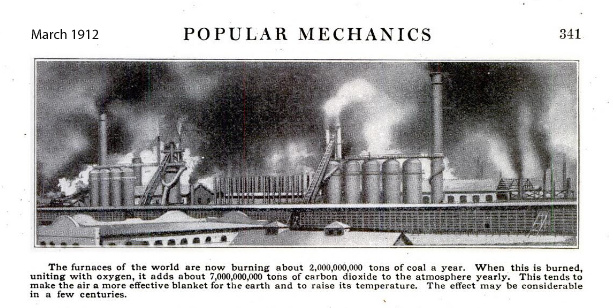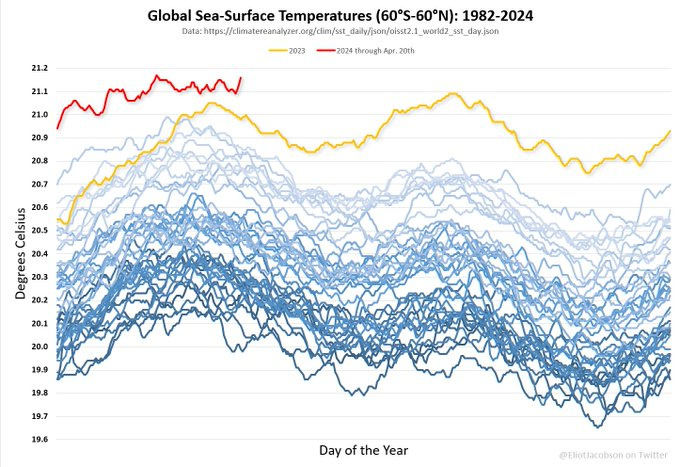- The big greenhouse gas emitters (companies and states, especially big oil, China and the US) are systematically lying about their emissions, meaning they systematically underreport them:
https://e360.yale.edu/features/undercounted-emissions-un-climate-change .
“They are supposed to be the climate-savers’ gold standard — the key data on which the world relies in its efforts to lower greenhouse gas emissions and hold global warming in check. But the national inventories of emissions supplied to the United Nations climate convention (UNFCCC) by most countries are anything but reliable, according to a growing body of research.
The data supplied to the UNFCCC, and published on its website, are typically out of date, inconsistent, and incomplete. For most countries, “I would not put much value, if any, on the submissions,” says Glen Peters of the Centre for International Climate Research in Norway, a longtime analyst of emissions trends.
The data from large emitters is as much open to questions as that from smaller and less industrialised nations. In China, the uncertainties around its carbon dioxide emissions from burning coal are larger than the total emissions of many major industrial countries. And companies preparing data for its carbon-trading system have been accused of widespread data fraud.
In the United States, an analysis published this month of the air over the country’s oil and natural gas fields found that they emit three times more methane — a gas responsible for a third of current warming — than the government has reported.”






 🦣
🦣